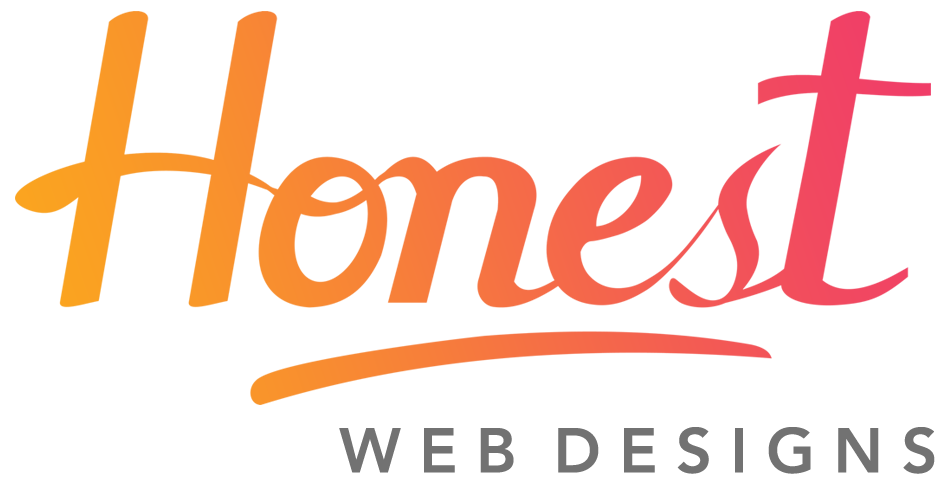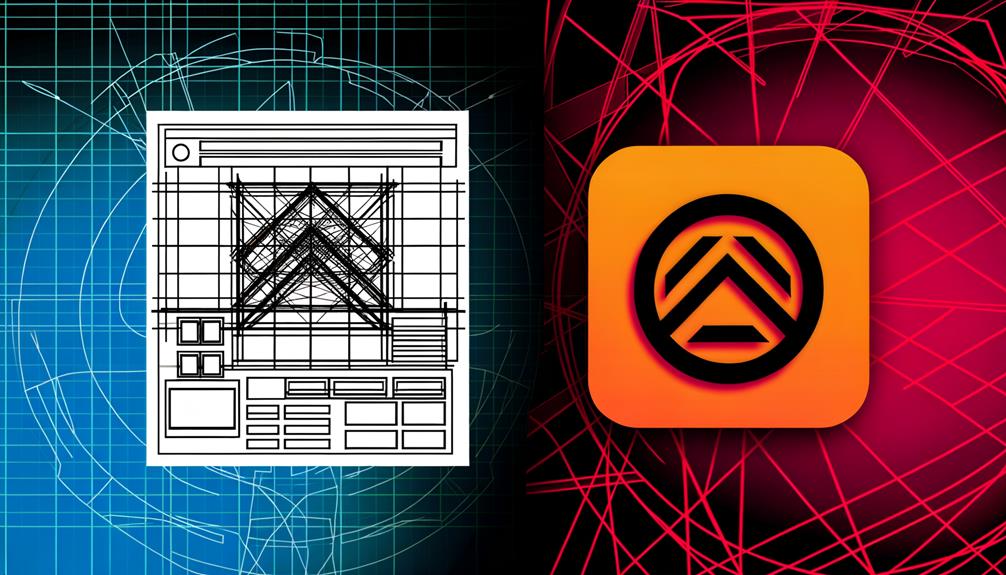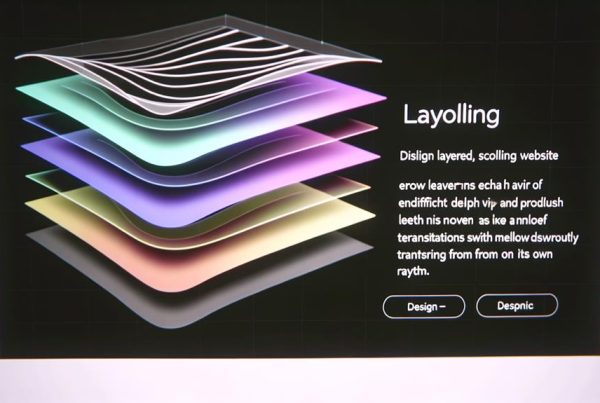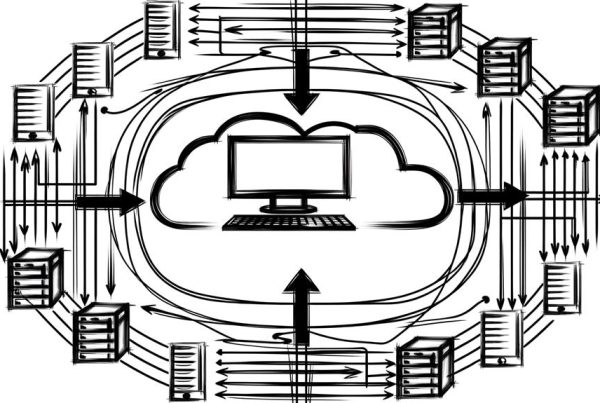As a creative team, we often find ourselves at the intersection of web design and graphic design, contemplating which discipline will best serve our projects. The distinction between the two is crucial, yet often blurred in the digital landscape. Understanding these differences is essential for making informed decisions that align with our creative vision and brand objectives.
We must discern when the expertise of a web designer is paramount and when the skills of a graphic designer are more fitting. This discernment not only shapes the functionality and user experience of our digital presence but also influences the visual identity and impact of our brand across various mediums.
Defining Web Design and Graphic Design
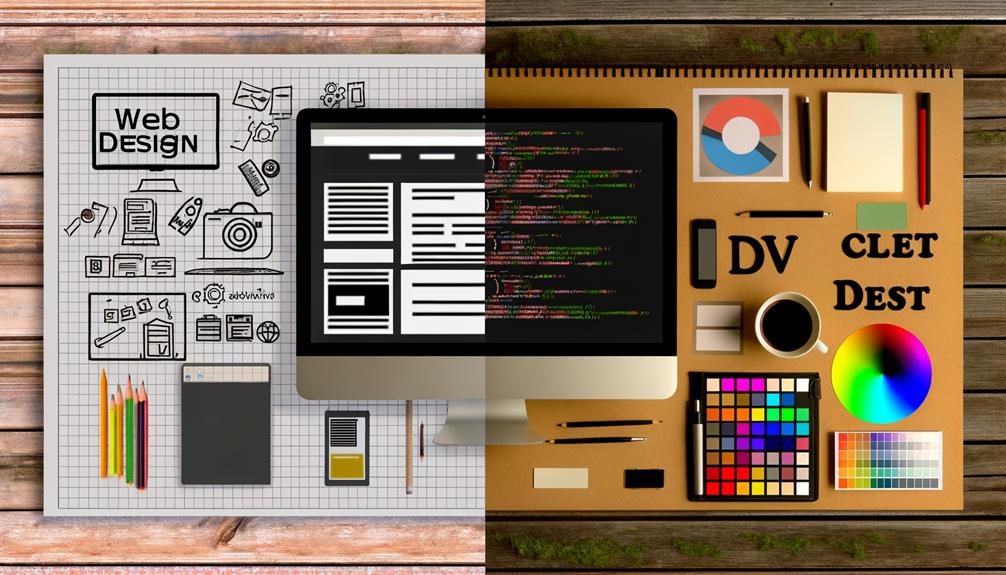
When defining web design and graphic design, it's crucial to understand the distinct roles and responsibilities each discipline entails.
Web design focuses on creating the visual elements and user experience of a website, emphasizing functionality and aesthetics using tools like HTML, CSS, and JavaScript.
On the other hand, graphic design conveys concepts through text and visual elements for both digital and print content, focusing on visual appearance and utilizing software like Photoshop or Illustrator.
Both roles are creative and contribute to the overall user experience, but web design prioritizes functionality and interactivity, while graphic design is static and non-interactive.
Knowing when to work with a web designer versus a graphic designer is essential for achieving the desired results in improving website navigability, visual appeal, or creating visual assets for various mediums.
Responsibilities of Web Designers and Graphic Designers
Web designers and graphic designers play integral roles in shaping the visual and interactive aspects of digital and print content, each with distinct responsibilities and focal points.
- Web designers focus on functionality and aesthetics, using HTML, CSS, and JavaScript for interactive design.
- Graphic designers convey concepts through text and visual elements, focusing on visual appearance using software like Photoshop or Illustrator.
- Web designers prioritize user interface (UI) and user experience (UX) design, while graphic designers focus on static and non-interactive design.
- Web designers consider responsive design and mobile optimization, while graphic designers focus on color theory, typography, and composition.
These responsibilities are crucial in delivering engaging and visually appealing content to the audience. By understanding the unique roles and responsibilities of both web designers and graphic designers, businesses can effectively utilize their expertise for enhanced digital and print content.
Similarities Between Web Design and Graphic Design

The shared focus on engaging and visually appealing content underscores the fundamental similarities between web design and graphic design. Both disciplines require a keen eye for aesthetics and a deep understanding of design principles.
Web designers and graphic designers both aim to captivate and communicate with their audience through visuals, whether on a website or in print. Additionally, both roles contribute to the overall user experience and play a crucial part in shaping the visual identity of a brand.
While web design focuses on functionality and interactivity, graphic design emphasizes static visual elements. Despite their differences, the overlap in their goals and the skills required to achieve them highlights the essential similarities between web design and graphic design.
Differentiating Focus: Functionality Vs Visual Appearance
To understand the distinction between web design and graphic design, it's essential to recognize the contrasting emphasis on functionality and visual appearance in each discipline.
Web design prioritizes functionality, focusing on how things work on a website.
Graphic design emphasizes visual appearance, highlighting color theory, typography, and composition.
Web design requires skills in user interface (UI) and user experience (UX) design.
Graphic design involves static and non-interactive visuals, often created using software like Photoshop or Illustrator.
Understanding this difference is crucial when deciding whether to work with a web designer or a graphic designer.
While web designers enhance the navigability and layout of websites, graphic designers excel in creating visual assets for various mediums and developing brand identities.
Tools and Software Used in Web Design and Graphic Design

Utilizing a variety of specialized tools and software, designers in both web and graphic design craft engaging and visually appealing content for digital and print mediums.
Web designers commonly use tools such as HTML, CSS, and JavaScript to create interactive and responsive web experiences.
On the other hand, graphic designers rely on software like Photoshop and Illustrator to produce captivating visuals for both digital and print materials. These tools enable us to manipulate images, create vector graphics, and enhance overall aesthetics.
By leveraging these tools, we're able to bring our creative visions to life, ensuring that our designs effectively communicate and resonate with the audience.
Whether it's crafting a stunning website or developing captivating print materials, the tools and software we utilize play a pivotal role in bringing our designs to fruition.
Skills Required for Web Design and Graphic Design
Crafting visually captivating designs for the web and print mediums requires a diverse skill set encompassing both technical proficiency and creative flair. When it comes to web design and graphic design, the following skills are essential:
- Proficiency in design software such as Adobe Creative Suite
- Understanding of typography, color theory, and composition
- Knowledge of user interface (UI) and user experience (UX) design principles
- Familiarity with coding languages like HTML, CSS, and JavaScript
These skills are crucial for creating engaging and effective designs that resonate with the audience. By mastering these abilities, designers can elevate their work and deliver impactful visual experiences that leave a lasting impression.
Considerations for Web Design Projects
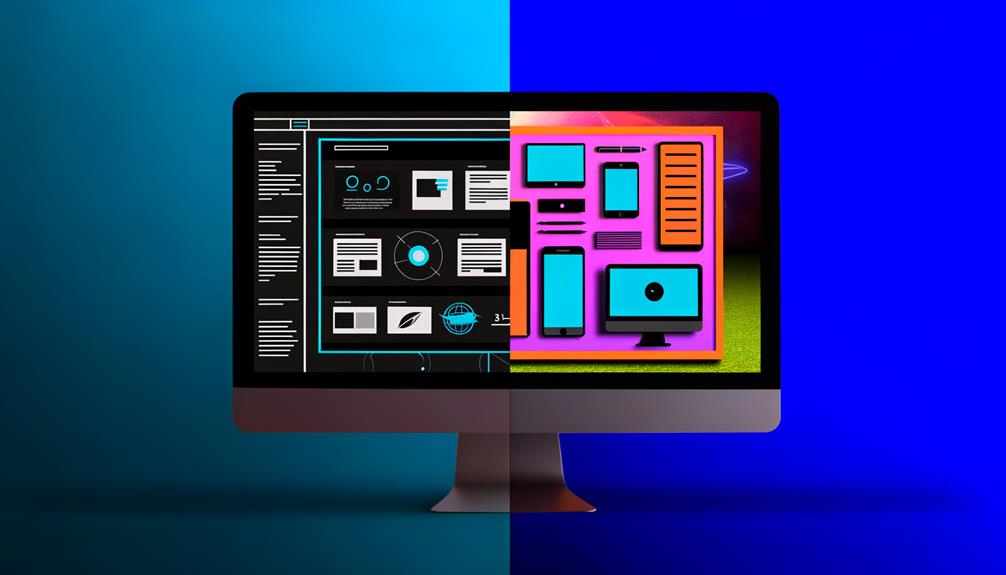
Mastering the essential skills for web design and graphic design provides a strong foundation for considering the complexities of web design projects. When embarking on a web design project, it's crucial to take into account various considerations to ensure a seamless and visually appealing website. Below is a table outlining key considerations for web design projects.
| Considerations for Web Design Projects |
|---|
| User Interface (UI) Design |
| User Experience (UX) Design |
| Responsive Design |
| Mobile Optimization |
| Navigability and Layout |
These considerations are essential for creating a website that not only looks visually appealing but also functions smoothly across different devices and screen sizes. By prioritizing these elements, web designers can ensure an optimal user experience and a strong visual presence for the website.
Considerations for Graphic Design Projects
Considering the essential elements of visual communication and brand representation, graphic design projects demand meticulous attention to detail and creativity. When embarking on a graphic design project, it's crucial to consider the following:
- Understanding the brand identity and target audience to ensure the design aligns with the brand's values and resonates with the intended demographic.
- Incorporating effective visual hierarchy and layout to guide the viewer's attention and create a seamless visual experience.
- Utilizing color theory and typography to evoke the desired emotions and convey the intended message clearly and effectively.
- Ensuring scalability and adaptability of the design across various mediums, whether it's for digital platforms or print materials.
These considerations are fundamental in creating impactful and meaningful graphic design that captures the essence of the brand and communicates effectively with the audience.
When to Collaborate With a Web Designer

When embarking on a graphic design project, it's crucial to consider the essential elements of visual communication and brand representation. This understanding is equally important when determining the need to collaborate with a web designer.
Collaborating with a web designer is essential when seeking to improve the functionality, navigability, and overall visual appeal of a website. Web designers bring expertise in user interface (UI) and user experience (UX) design, ensuring that the website not only looks visually appealing but also functions seamlessly.
Additionally, if there's a need for responsive design and mobile optimization, a web designer's skills are indispensable. By collaborating with a web designer, the overall user experience of the website can be enhanced, leading to better engagement and brand representation.
When to Collaborate With a Graphic Designer
Collaborating with a graphic designer is essential for crafting compelling visual assets that effectively communicate your brand's identity across various mediums. When considering when to collaborate with a graphic designer, it's important to keep in mind the following:
- If you need visual assets for various mediums like social media ads, logos, print materials, infographics, or landing page images.
- If you want to create a new logo or visual identity for your brand.
- If you require print materials like mailers for your customers.
- If you seek to convey concepts through text and visual elements for both digital and print content.
Working with a graphic designer ensures that your brand's visual communication aligns with your creative vision and captivates your audience. Their expertise in design principles and composition can elevate the overall impact of your visual content.
Frequently Asked Questions
How Can a Company Determine if They Need to Hire a Web Designer or a Graphic Designer for Their Project?
We can determine if we need to hire a web designer or a graphic designer for our project by assessing our specific needs.
If we aim to enhance website functionality, user experience, or mobile optimization, a web designer is the way to go.
However, if our focus is on visual assets for social media, logos, or print materials, a graphic designer is the best fit.
Understanding our project goals will guide our decision-making process.
What Are Some Common Misconceptions About the Roles of Web Designers and Graphic Designers?
Common misconceptions about web designers and graphic designers include thinking they've interchangeable skills and responsibilities. However, web designers focus on functionality and user experience, using HTML, CSS, and JavaScript.
In contrast, graphic designers emphasize visual appearance using software like Photoshop. Understanding these distinctions is crucial for making informed hiring decisions and ensuring the right expertise for a project's specific needs.
Are There Any Specific Industries or Types of Projects That Typically Require the Expertise of Both a Web Designer and a Graphic Designer?
In certain industries or projects, the expertise of both a web designer and a graphic designer is crucial.
For instance, e-commerce websites benefit from the combination of web design for functionality and graphic design for visual appeal.
Additionally, branding projects often require the skills of both professionals to ensure a cohesive and engaging visual identity across various mediums.
Collaborating with both web and graphic designers can elevate the overall user experience and visual impact.
What Are Some Key Considerations for Integrating Web Design and Graphic Design Elements to Create a Cohesive Brand Identity?
To create a cohesive brand identity, we integrate web design and graphic design elements by ensuring visual consistency across all platforms.
We focus on aligning color schemes, typography, and imagery to convey a unified brand message.
By incorporating design elements that reflect our brand's values and personality, we establish a strong visual identity that resonates with our audience.
This approach enhances recognition and trust, reinforcing our brand's presence and impact.
How Do Advancements in Technology and Software Impact the Skills and Responsibilities of Web Designers and Graphic Designers?
Advancements in technology and software continually impact the skills and responsibilities of web designers and graphic designers. As a result, we must stay current with the latest tools and trends to ensure our work remains relevant and effective.
This requires ongoing learning and adaptation to new platforms and design concepts. Embracing these advancements allows us to create innovative and cutting-edge designs that meet the evolving needs of our clients and their audiences.
Conclusion
In conclusion, understanding the distinctions between web design and graphic design empowers us to make informed decisions that best serve our creative needs and objectives.
By recognizing the unique responsibilities and focuses of each discipline, we can strategically collaborate with web designers for functional, user-oriented projects, and graphic designers for visually compelling assets.
This knowledge equips us to navigate the design process with clarity and purpose, ensuring the successful realization of our creative vision.

